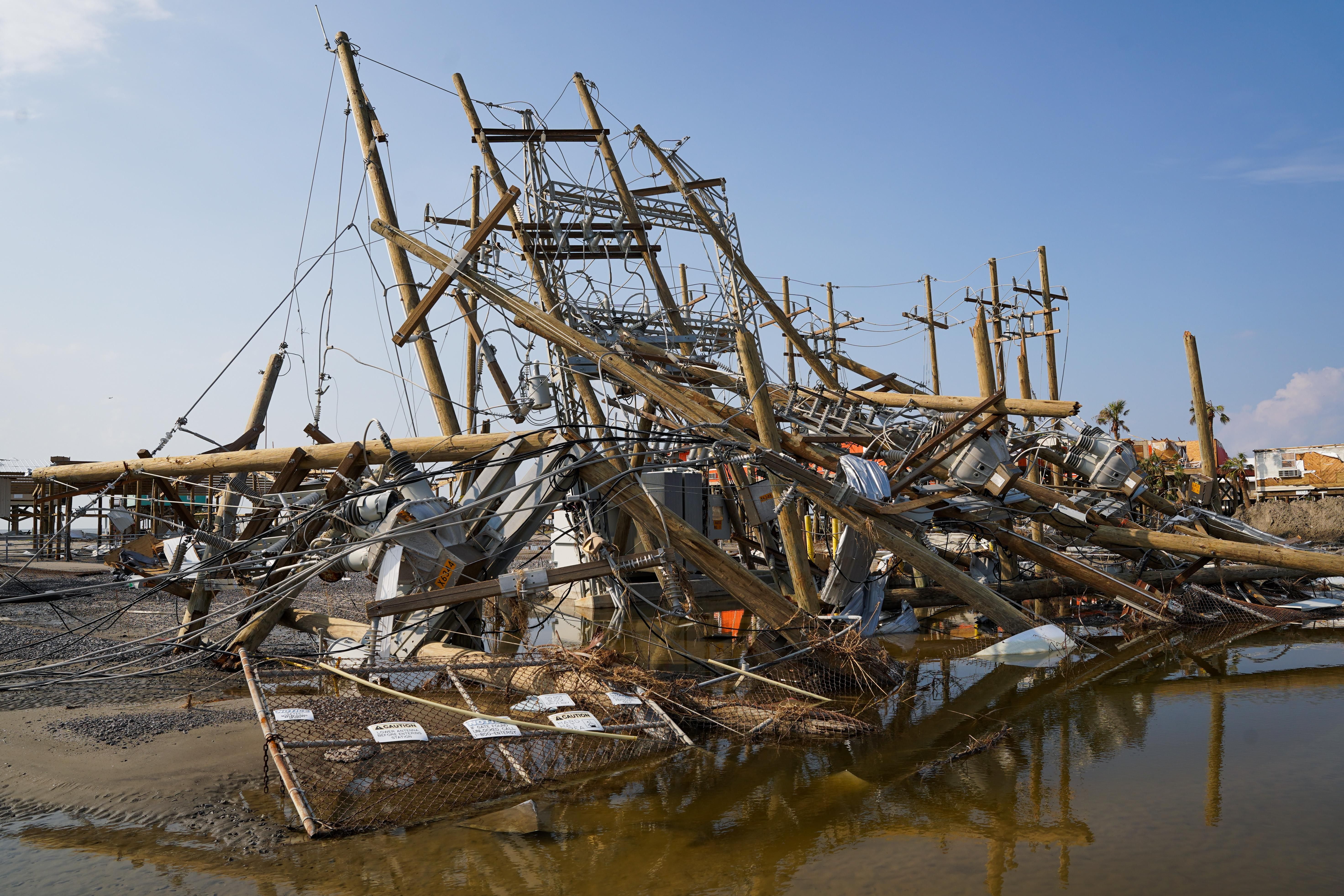
“There’s going to be a bigger Katrina, there’s going to be a bigger Sandy, there’s going to be a bigger Hurricane Maria, and they’re going to be right around the corner.” —Commanding General Thomas Bostick, US Army Corps of Engineers, June 17, 2021
Hurricane Ida has lessons for the members of Congress. Let’s hope that they are listening. The lessons are:
- For those members of Congress who still haven’t realized it yet, climate change is real, and it is happening right now.
- Our infrastructure is woefully inadequate for the stresses that climate change will bring, so we need large federal infrastructure investments ASAP.
At the time of this writing, hundreds of thousands of people are without power or water due to Hurricane Ida. Last week, Louisiana Governor John Bel Edwards reported,
Many of the life-supporting infrastructure elements are not present, they’re not operating right now. . . . The schools are not open. The businesses are not open. The hospitals are slammed. There’s no water and there’s not going to be electricity.
Ida made its way up to Pennsylvania, New Jersey, and New York and caused flooding which disrupted the power and transportation infrastructure systems in those areas.
Low-income individuals who are disproportionately people of color are the most harmed by our failing infrastructure, and they will also be the most harmed by climate change.
Climate change means we should expect more Idas. Warmer ocean water due to climate change will lead to stronger hurricanes hitting the southern and eastern United States. Reviewing weather disasters from 1970 to 2019, the World Meteorological Organization found that five of the top 10 costliest disasters in the world over that 50-year period were in the 2010s. Three of the top 10 were in 2017: Hurricanes Harvey, Maria, and Irma. No disasters from the 1970s or 1980s made it into the top 10. Weather disasters are increasing over time and becoming more severe.
The weather disasters worsened by climate change are not limited to hurricanes. As Petteri Taalas, Secretary-General of the World Meteorological Organization, stated,
The number of weather, climate and water extremes are increasing and will become more frequent and severe in many parts of the world as a result of climate change. That means more heatwaves, drought and forest fires such as those we have observed recently in Europe and North America. We have more water vapor in the atmosphere, which is exacerbating extreme rainfall and deadly flooding. The warming of the oceans has affected the frequency and area of existence of the most intense tropical storms. Economic losses are mounting as exposure increases.
Climate change will bring a multitude of catastrophes in our future if we fail to prepare.
The idea of “global weirding” is helpful for thinking about climate change. In addition to more extremes of the typical weather for an area, we also experience “weird” weather. By increasing the average temperature of the planet with greenhouse gases, humans have broken the weather systems. We have thrown a wrench into the machine. The result includes “weird” weather such as tornadoes in Maryland, flash flooding in New York City, and Arctic cold in Texas.
Only the strongest and most resilient infrastructure can offer us protection from what climate change will bring. Unfortunately, the current state of our infrastructure is terrible. For example, the federally controlled levees around New Orleans were rebuilt after Hurricane Katrina. They are new and in good condition, and they protected the city from flood waters during Hurricane Ida. Many of the other levees outside of the city, however, were overtopped. In 2017, half of Louisiana’s levees we deemed unfit by the Louisiana section of the American Society of Civil Engineers. This evaluation was using a standard that did not take into consideration the increased intensity of storms due to climate change. It is likely that most of the state’s levees are unfit and would fail if subjected to a storm surge from a strong climate-change-intensified hurricane.
In Mississippi and Texas, the levees are in worse shape than in Louisiana. The Mississippi section of the American Society of Civil Engineers gave Mississippi’s levees a D grade. Fourteen of the 25 levee systems were rated as “unacceptable.” The Texas section of the Society of Civil Engineers also gave Texas’ levees a D grade.
Levees are just one small slice of the country’s infrastructure. Much of our infrastructure could not stand up well to the extremes of “normal” weather, much less the new extremes and “weirdness” that climate change will bring. Think of how the energy grid in Texas failed when subjected to cold weather this past winter.
The infrastructure bill in Congress is a step forward because we desperately need infrastructure investments. We should also keep in mind that low-income individuals who are disproportionately people of color are the most harmed by our failing infrastructure, and they will also be the most harmed by climate change. The infrastructure bill alone is not enough to address all our infrastructure needs and the challenges of climate change. But it is a first step. However, it must be followed by additional steps that acknowledge that we are living in a time of human-induced climate change.
Hurricane Ida Showed Us That Our Infrastructure Isn’t Prepared for Climate Change
Source: Articles Viral Post
0 Comments